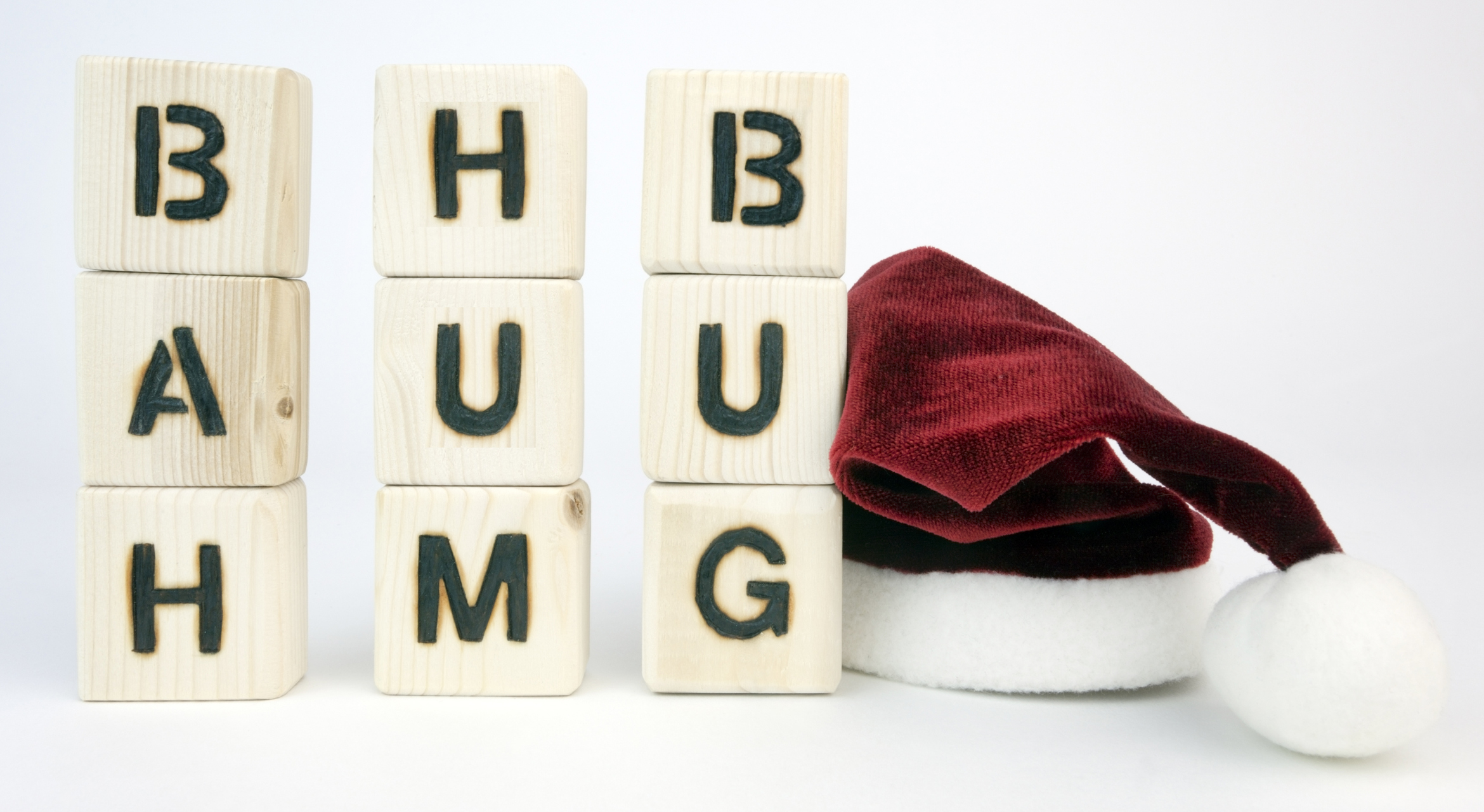Selling in a Down Market Could Wreck Your Retirement
Running out of money is a retiree’s nightmare, but there are things you can do to protect yourself.


“Don’t sell in a down market.” You’ve heard the advice before. And it is, more often than not, good advice.
For retirees especially, this message is critical. Taking withdrawals during market downturns can devastate your retirement assets. Panic selling could mean the difference between being able to maintain your lifestyle in retirement and running out of money and potentially needing to live with the kids. The challenge is that, at the same time, you may need the income.
We’re in a down, volatile market right now. It’s unknown where the bottom is. Adding to this anxiety is that no one knows how long the dip will last. This puts retirees in a tricky spot.
From just $107.88 $24.99 for Kiplinger Personal Finance
Become a smarter, better informed investor. Subscribe from just $107.88 $24.99, plus get up to 4 Special Issues

Sign up for Kiplinger’s Free Newsletters
Profit and prosper with the best of expert advice on investing, taxes, retirement, personal finance and more - straight to your e-mail.
Profit and prosper with the best of expert advice - straight to your e-mail.
Many retirees have their retirement assets invested in the market – hopefully in a range of investments that meet their risk tolerance. That money is now set to be withdrawn to fund the retiree’s lifestyle. But, those funds are now worth less than anticipated because of the drop in the stock market.
Why is this so problematic? Many retirements are based on achieving a relatively reasonable conservative rate of return of around 4% to 6% over a 30- to 40-year period. This doesn’t mean that your returns are 6% every year – this is just the average return over a combination of good and bad years. When withdrawing income for your retirement, a critical component of how long your income will last is when the bad years happen.
An Example Shows the Risk to Retirees in the ‘Fragile Decade’
Market volatility greatly affects the year-by-year returns that your assets earn. This is particularly impactful when you start drawing on your assets for income. Let’s try to explain this with a simplified example:
Let’s assume you have an investment of 100 units with each unit worth $10. You need to pull from that $100 a year for the next 10 years. In the first year, you take out 10 units for your $100, leaving you with 90 units. So far so good.
The following year, however, due to market performance, the units have a value of just $5 each. You still need $100, so you have to take out 20 units, which leaves you with just 70 units – and the possibility of running out of units before the 10 years is up. But if the units had experienced a gain in that first year so that each was now worth $20, you would have only needed to withdraw five units, leaving you with a “cushion” for future withdrawals and a higher probability your units would last for 10 years.
It is believed that the time that is most critical for portfolio longevity success is the five years before and first five years after retirement. Some call this the “fragile decade.” Experiencing a negative market during this period may make it almost impossible to generate the desired income for the time it is needed.
Essentially, the danger in a negative sequence of returns – where the down years occur early in retirement – is that it could reduce the total income you receive, deplete your assets sooner than expected, and result in market losses that may not be rebuilt once income is withdrawn.
Inflation Adds to the Problem
The answer isn’t to keep money out of the market, because you need market returns to keep ahead of inflation. Yet, 65% of Americans said they are keeping more money than they should out of the market because of worries about loss, according to the latest Quarterly Market Perceptions Study from Allianz Life.* This is up from 57% in 2021 and 54% in 2020.
Right now, inflation is squeezing retirement savings. A dollar buys less now than it did last year. Inflation in the 12 months ending in August was more than 8%, according to the Bureau of Labor Statistics. This is some of the fastest inflation experienced in decades.
Inflation is of particular concern to people who are at or nearing retirement age. The majority of Baby Boomers (73%) said they worry that they might not be able to afford the lifestyle they want in retirement because of the increased cost of living. While younger people have time to earn more, people who are in or nearing retirement are just watching their portfolios decline in value.
Even nominal inflation has a dramatic effect on a retiree’s resources. When inflation is at 3%, the cost of living can double within 24 years. The combination of inflation and sequence of returns risk increases the importance of having a holistic financial strategy that accounts for risks to your retirement.
Finding a Solution
It’s a good idea to incorporate strategies into a written financial plan to mitigate sequence of returns risks in retirement.
Temporary Fixes
If you want to temporarily avoid sequence of returns risks right now, you could keep working and postpone retirement, lower spending so you don’t need to withdraw from your portfolio, or tap into other assets like downsizing your home. Of course, you should consult a financial professional and tax adviser or attorney before changing course. And remember, there’s no guarantee that postponing your retirement date will let you avoid the next market downturn.
Possibilities for the Long Term
Long-term strategies to lessen sequence of returns risk to your retirement portfolio include saving more to provide a larger buffer, diversifying your portfolio across asset classes, investing in dividend-paying stocks and considering a guaranteed source of income for a portion of an overall portfolio.
Guaranteed sources of income, like annuities, can help ensure that you have money that can last throughout retirement. Some of the Registered Index Linked Annuities (RILA) and Fixed Index Annuities (FIA) offer buffers or cushions that can help provide some protection from market downturns. Annuities can provide guaranteed lifetime income that could help level the impact of an unfavorable sequence of returns, and some annuities can even offer increasing income potential over time through an income benefit rider that may be built into the contract or optional (with an additional rider fee).
A bucket strategy to separate different investment types for years in the future can also help protect against sequence of returns risk. For example, cash or cash equivalent with five years of income, a bond ladder for the next six to 15 years and then an equity bucket. The idea is that after a year of cash is spent, a bond matures and replenishes that income. Some potential gains from the equity bucket would then be used to purchase another bond. This strategy offers a buffer so an investor isn’t forced to sell in a down market. But, bond laddering has been especially tough in the last decade because of low rates but it could improve with recent interest rate bumps.
What’s problematic is that people often forget about risks when they aren’t right in front of them. Once inflation has cooled off and the market swings upward, these risks will seem less pressing. Everyone should include strategies for how to manage sequence of returns risks in their retirement.
We don’t know when the market will fall again or by how much. But ups and downs in the market – just like taxes – are inevitable. Be prepared for when it happens.
*Allianz Life conducted an online survey, the 2022 Q2 Quarterly Market Perceptions Study in June 2022 with a nationally representative sample of 1,004 Respondents age 18+.
Allianz Life Insurance Company of North America does not provide financial planning services.
Guarantees are backed by the financial strength and claims-paying ability of Allianz Life Insurance Company of North America (Allianz). Variable annuity guarantees do not apply to the performance of the variable subaccounts, which will fluctuate with market conditions.
Products are issued by Allianz Life Insurance Company of North America (Allianz) and distributed by its affiliate, Allianz Life Financial Services, LLC, member FINRA, 5701 Golden Hills Drive, Minneapolis, MN 55416-1297. 800.542.5427
Profit and prosper with the best of Kiplinger's advice on investing, taxes, retirement, personal finance and much more. Delivered daily. Enter your email in the box and click Sign Me Up.

Kelly LaVigne is vice president of advanced markets for Allianz Life Insurance Co., where he is responsible for the development of programs that assist financial professionals in serving clients with retirement, estate planning and tax-related strategies.
-
 Dow Adds 646 Points, Hits New Highs: Stock Market Today
Dow Adds 646 Points, Hits New Highs: Stock Market TodayIt was "boom" for the Dow but "bust" for the Nasdaq following a December Fed meeting that was less hawkish than expected.
-
 5 Types of Gifts the IRS Won’t Tax: Even If They’re Big
5 Types of Gifts the IRS Won’t Tax: Even If They’re BigGift Tax Several categories of gifts don’t count toward annual gift tax limits. Here's what you need to know.
-
 The 'Scrooge' Strategy: How to Turn Your Old Junk Into a Tax Deduction
The 'Scrooge' Strategy: How to Turn Your Old Junk Into a Tax DeductionTax Deductions We break down the IRS rules for non-cash charitable contributions. Plus, here's a handy checklist before you donate to charity this year.
-
 I'm a Tax Attorney: These Are the Year-End Tax Moves You Can't Afford to Miss
I'm a Tax Attorney: These Are the Year-End Tax Moves You Can't Afford to MissDon't miss out on this prime time to maximize contributions to your retirement accounts, do Roth conversions and capture investment gains.
-
 I'm an Investment Adviser: This Is the Tax Diversification Strategy You Need for Your Retirement Income
I'm an Investment Adviser: This Is the Tax Diversification Strategy You Need for Your Retirement IncomeSpreading savings across three "tax buckets" — pretax, Roth and taxable — can help give retirees the flexibility to control when and how much taxes they pay.
-
 Could an Annuity Be Your Retirement Safety Net? 4 Key Considerations
Could an Annuity Be Your Retirement Safety Net? 4 Key ConsiderationsMore people are considering annuities to achieve tax-deferred growth and guaranteed income, but deciding if they are right for you depends on these key factors.
-
 I'm a Financial Pro: Older Taxpayers Really Won't Want to Miss Out on This Hefty (Temporary) Tax Break
I'm a Financial Pro: Older Taxpayers Really Won't Want to Miss Out on This Hefty (Temporary) Tax BreakIf you're age 65 or older, you can claim a "bonus" tax deduction of up to $6,000 through 2028 that can be stacked on top of other deductions.
-
 Meet the World's Unluckiest — Not to Mention Entitled — Porch Pirate
Meet the World's Unluckiest — Not to Mention Entitled — Porch PirateThis teen swiped a booby-trapped package that showered him with glitter, and then he hurt his wrist while fleeing. This is why no lawyer will represent him.
-
 Smart Business: How Community Engagement Can Help Fuel Growth
Smart Business: How Community Engagement Can Help Fuel GrowthAs a financial professional, you can strengthen your brand while making a difference in your community. See how these pros turned community spirit into growth.
-
 In 2026, the Human Touch Will Be the Differentiator for Financial Advisers
In 2026, the Human Touch Will Be the Differentiator for Financial AdvisersAdvisers who leverage innovative technology to streamline tasks and combat a talent shortage can then prioritize the irreplaceable human touch and empathy.
-
 How Financial Advisers Can Deliver a True Family Office Experience
How Financial Advisers Can Deliver a True Family Office ExperienceThe family office model is no longer just for the ultra-wealthy. Advisory firms will need to ensure they have the talent and the tech to serve their clients.